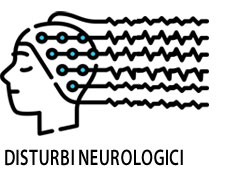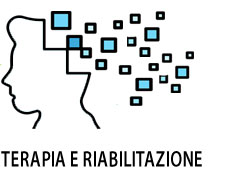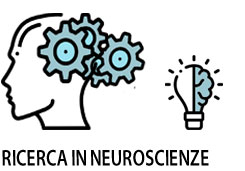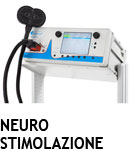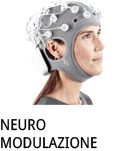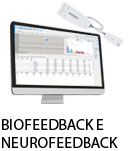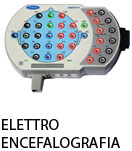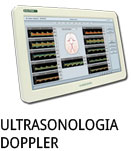- +39 011 5821948
- info@geasoluzioni.it
- Lun - Ven 8:00 - 17:00
Reductions in Cortico-Striatal Hyperconnectivity Accompany Successful Treatment of Obsessive- Compulsive Disorder with Dorsomedial Prefrontal rTMS
- Abstract:
- Obsessive-compulsive disorder (OCD) is a disabling illness with high rates of nonresponse to conventional treatments. OCD pathophysiology is believed to involve abnormalities in cortico-striatal-thalamic-cortical circuits through regions such as dorsomedial prefrontal cortex (dmPFC) and ventral striatum. These regions may constitute therapeutic targets for neuromodulation treatments, such as repetitive transcranial magnetic stimulation (rTMS). However, the neurobiological predictors and correlates of successful rTMS treatment for OCD are unclear. Here, we used resting-state functional magnetic resonance imaging (fMRI) to identify neural predictors and correlates of response to 20-30 sessions of bilateral 10 Hz dmPFC-rTMS in 20 treatment-resistant OCD patients, with 40 healthy controls as baseline comparators. A region of interest in the dmPFC was used to generate whole-brain functional connectivity maps pre-treatment and post treatment. Ten of 20 patients met the response criteria (⩾50% improvement on Yale-Brown Obsessive-Compulsive Scale, YBOCS); response to dmPFC-rTMS was sharply bimodal. dmPFC-rTMS responders had higher dmPFC-ventral striatal connectivity at baseline. The degree of reduction in this connectivity, from pre- to post-treatment, correlated to the degree of YBOCS symptomatic improvement. Baseline clinical and psychometric data did not predict treatment response. In summary, reductions in fronto-striatal hyperconnectivity were associated with treatment response to dmPFC-rTMS in OCD. This finding is consistent with previous fMRI studies of deep brain stimulation in OCD, but opposite to previous reports on mechanisms of dmPFC-rTMS in major depression. fMRI could prove useful in predicting the response to dmPFC-rTMS in OCD.
- Patologie/Applicazioni:
- Anno:
- 2016
- Tipo di pubblicazione:
- Articolo
- Parola chiave:
- disturbo ossessivo compulsivo; corteccia prefrontale; neuromodulazione
- Testata scientifica:
- Neuropsychopharmacology
- DOI:
- 10.1038/npp.2015.292
Hits: 2555
La nostra storia
GEA soluzioni si affaccia nel 2013 al mercato della strumentazione medicale di alto livello tecnologico ma la sua storia parte da più lontano, clicca qui per approfondire.
GEA SOLUZIONI SRL
via Spalato 72/A, Torino
Tel.: 011 5821948 / 011 4463853
Fax: 011 0433281
Email: info @ geasoluzioni.it
P. IVA IT11696920013
REA TO1233648

